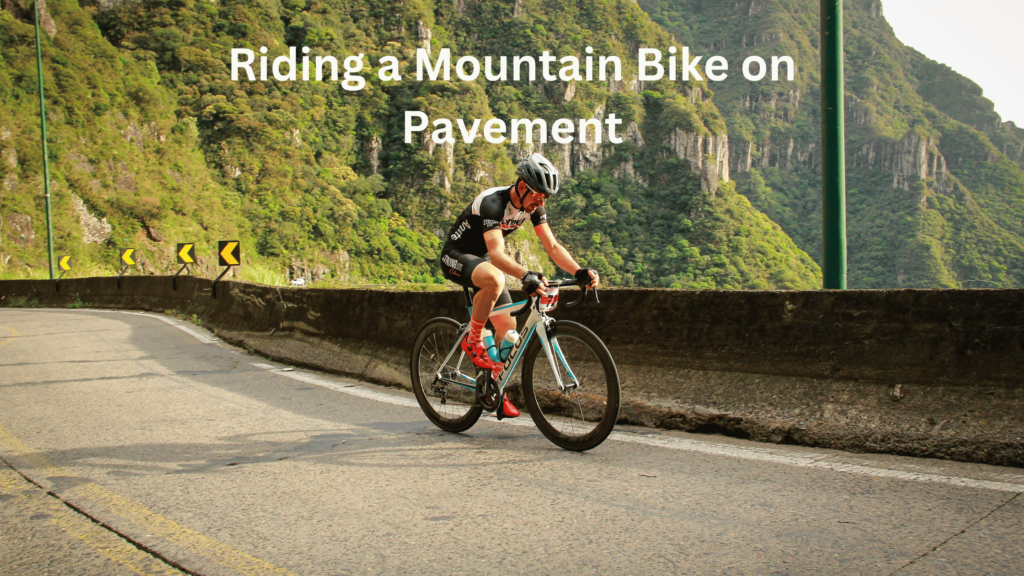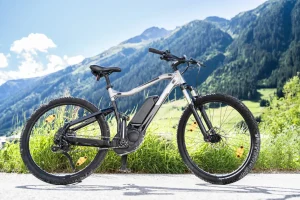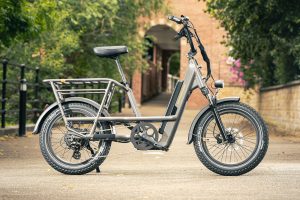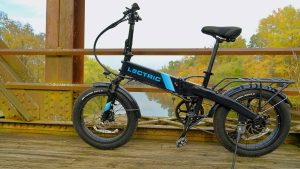Are you an avid mountain biker looking to Riding a Mountain Bike on Pavement? Or are you a beginner wondering if a mountain bike is suitable for your city commute? Either way, you may be wondering: can you ride a mountain bike on pavement? The quick answer is yes, but there are advantages and disadvantages to weigh. In this piece, we’ll examine the benefits and drawbacks of mountain biking on paved surfaces and provide some advice for a more enjoyable experience.
Benefits of Riding a Mountain Bike on Pavement

Versatility
The adaptability of a mountain bike makes it one of the best vehicles on paved surfaces. A mountain bike is made to tackle a variety of surfaces, including muddy routes and rocky trails. This makes it a perfect alternative for people who wish to ride on varied terrain without owning numerous cycles because it can manage the cracks and bumps of city streets as well.
Comfort
Another benefit of riding a mountain bike on pavement is its comfort. Mountain bikes are designed with suspension systems that absorb shock, making them more comfortable to ride on rough terrain. This also means they can provide a smoother ride on pavement, especially if the roads in your area are not well-maintained.
Durability
Mountain bikes are built to last, with sturdy frames and components that can handle rough terrain. This means they can also handle the wear and tear of riding on pavement. A mountain bike can be a suitable option if you’re searching for a bike that can handle daily use and challenging terrain.
Drawbacks of Riding a Mountain Bike on Pavement
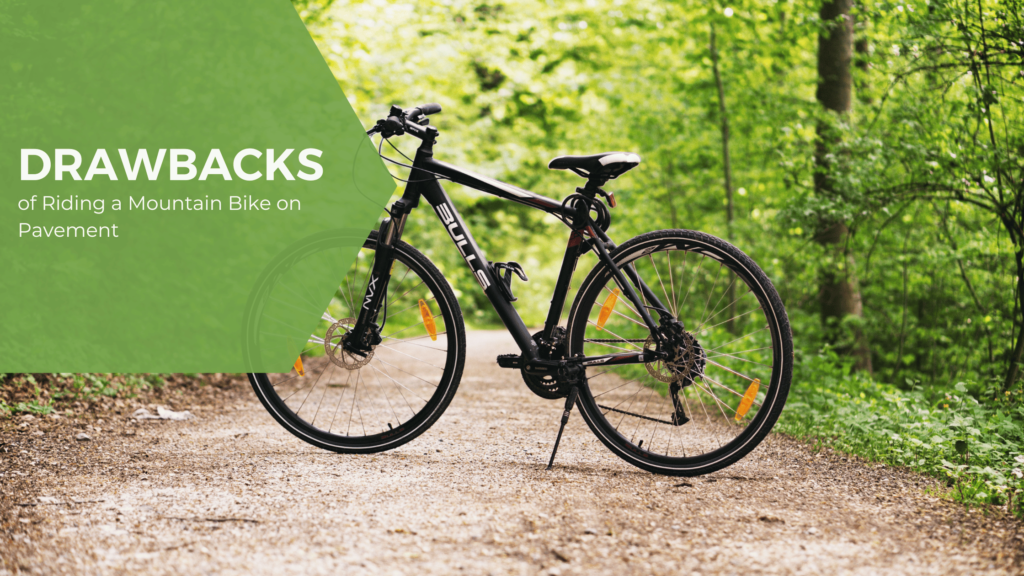
Slower Speed
One of the drawbacks of riding a mountain bike on pavement is that it can be slower than a road bike or a hybrid bike. Mountain bike tires are wider and have more tread, which can create more rolling resistance on pavement. This can make it harder to maintain a high speed and may not be ideal for those who want to go fast.
Less Efficiency
Mountain bikes are designed for comfort and stability, which means they may not be as efficient on pavement as other types of bikes. They are heavier and have a more upright riding position, which can make it harder to generate speed and may require more effort to pedal.
Heavier Weight
Mountain bikes are also heavier than road bikes or hybrid bikes, which can make them harder to maneuver on pavement. This may not be an issue for leisurely rides, but it can be a disadvantage for those who want to use their bike for commuting or racing.
Tips for Riding a Mountain Bike on Pavement

If you do decide to ride your mountain bike on pavement, there are some tips you can follow to make your ride smoother and more efficient.
Adjust Your Tire Pressure
One of the easiest ways to improve your ride on pavement is to adjust your tire pressure. Lowering your tire pressure can create a larger contact patch, which can improve traction and provide a smoother ride on pavement. However, be careful not to lower the pressure too much, as this can increase the risk of pinch flats.
Adjust Your Saddle Height
The saddle height on a mountain bike is usually lower than on a road bike or a hybrid bike. However, raising your saddle height slightly can help you generate more power and speed on pavement. This is because a higher saddle position allows you to extend your legs fully, which can help you generate more power and speed. Make sure to adjust your saddle height gradually and test it out before going on a long ride.
Upgrade Your Tires
If you plan on riding your mountain bike on pavement frequently, you may want to consider upgrading your tires. Look for tires that have a smoother tread and lower rolling resistance. This can help improve your speed and efficiency on pavement, while still providing enough traction for off-road riding.
Suggested More Searched Topics:
- Trek Marlin 6 Vs Costco Northrock XC27 – Which Mountain Bike Truly Supreme?
- Best Upgrades Of Northrock XC27 Mountain Bike
- Northrock XC27 Detailed Review: Is it Worth the Price?
- Finding the Perfect Fit: Is Trek 4300 Bike Good Choice for Beginners?
FAQs
Can you ride a mountain bike on the road?
Yes, you can ride a mountain bike on the road. However, mountain bikes may be slower and less efficient on pavement compared to road bikes or hybrid bikes.
Do you need special tires to ride a mountain bike on pavement?
No, you do not need special tires to ride a mountain bike on pavement. However, upgrading your tires to ones with smoother treads and lower rolling resistance can help improve your ride on pavement.
Can you ride a mountain bike on pavement for long distances?
Yes, you can ride a mountain bike on pavement for long distances. However, the slower speed and less efficiency may make it harder to cover long distances quickly.
Is it safe to ride a mountain bike on pavement?
Yes, it is safe to ride a mountain bike on pavement as long as you take the necessary precautions, such as wearing a helmet and following traffic rules.
Can you use a mountain bike for commuting?
Yes, you can use a mountain bike for commuting. However, the slower speed and heavier weight may not be ideal for those who want to commute quickly or for long distances.
Conclusion
In conclusion, riding a mountain bike on pavement is possible, but there are some pros and cons to consider. Mountain bikes offer versatility, comfort, and durability, but they can also be slower and less efficient on pavement compared to road bikes or hybrid bikes. If you do decide to ride your mountain bike on pavement, adjusting your tire pressure, saddle height, and upgrading your tires can make your ride smoother and more efficient.
